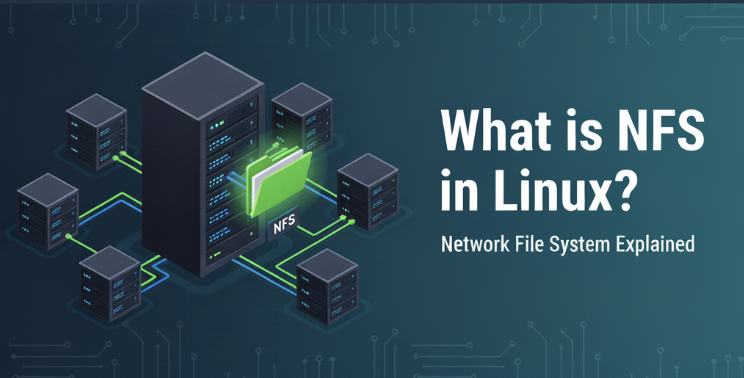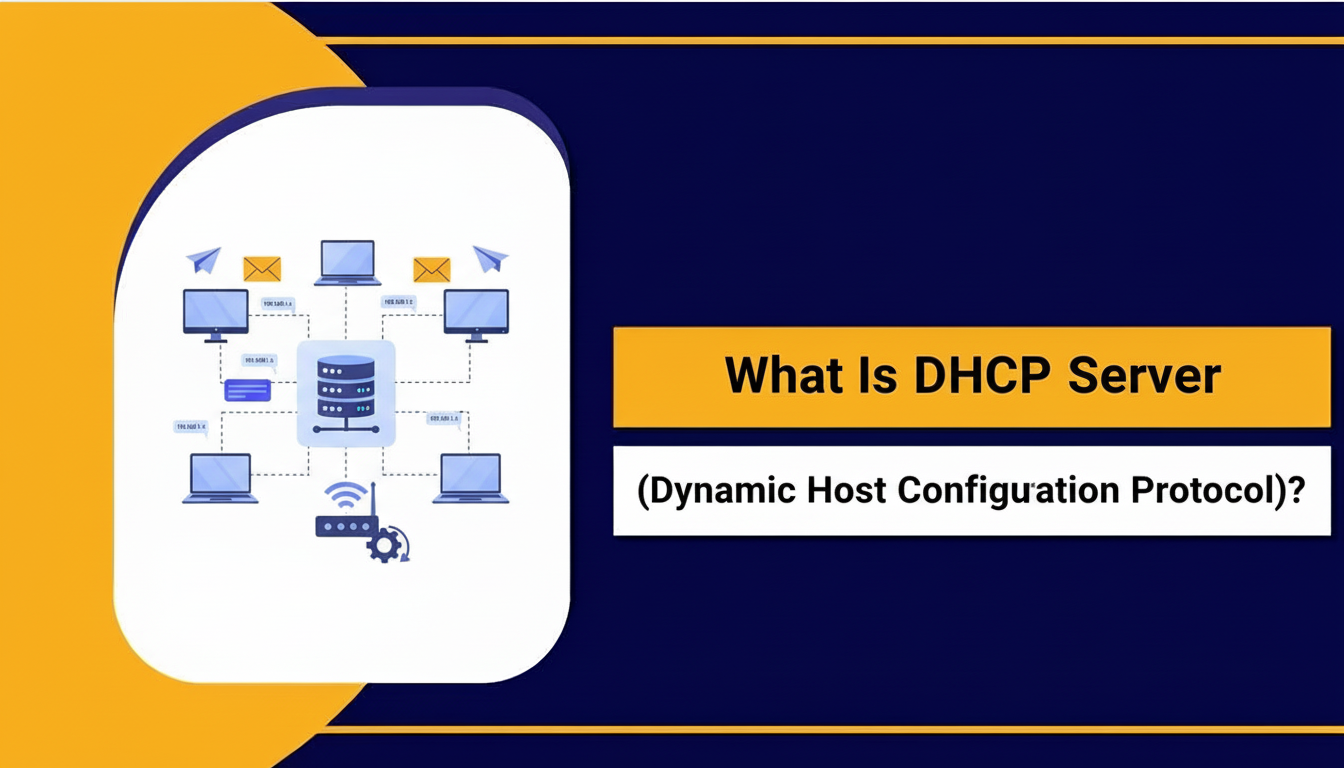SSH Keys vs Password Authentication are two primary methods used to log into servers securely. Password authentication relies on a simple username and password combination, while SSH keys use cryptographic key pairs for verification. Choosing the right method is crucial for protecting your infrastructure against unauthorized access, data breaches, and brute-force attacks. As server environments grow in scale and complexity, administrators must adopt stronger authentication mechanisms to ensure consistent and reliable security.
In this article, we’ll explore the differences between SSH keys and password authentication. You’ll learn how each method works, their pros and cons, and which one is more secure for modern server access. We’ll also highlight best practices to help you choose the right method for your environment.
What is SSH and SSH Key?
SSH, or Secure Shell, is a protocol used to securely connect to remote servers over an encrypted channel. It allows users to manage and transfer data between systems without exposing sensitive information to attackers.
There are two main authentication methods used in SSH: password-based and key-based authentication. Passwords require manual entry and depend on user-created credentials, while SSH keys rely on cryptographic algorithms that generate unique key pairs.
Encryption plays a critical role in SSH communication, ensuring that data sent between client and server remains private and protected from eavesdropping or tampering.
How Password Authentication Works
In password authentication, users log into a server using a username and password combination. When the login request is made, the server checks the entered credentials against stored values. If they match, access is granted.
However, this method has several weaknesses. It is vulnerable to brute-force attacks, credential theft, and password reuse. Weak password policies often lead to compromised accounts, making this method less reliable for production environments.
That said, password authentication can still be suitable for small setups or temporary users, where convenience and quick access are more important than long-term security management.
How SSH Key Authentication Works
SSH key authentication uses a pair of cryptographic keys — one public and one private. The public key is placed on the server, while the private key remains securely stored on the user’s local device. When the user tries to connect, the SSH client sends a request using the public key, and the server verifies it using the corresponding private key.
This process removes the need for manual password entry, enabling seamless and automated logins. Tools like ssh-keygen help generate key pairs, and ssh-agent securely manages them.
For added protection, private keys should always be encrypted with a passphrase, ensuring that even if the file is exposed, it cannot be easily misused.
SSH Keys vs Password Authentication: Key Differences
When comparing SSH Keys vs Password Authentication, the distinction lies in their security strength, scalability, and resistance to attacks.
| Feature | Password Authentication | SSH Key Authentication |
|---|---|---|
| Security Level | Moderate – depends on password strength | Very High – based on cryptographic encryption |
| Ease of Setup | Simple for small setups | Requires setup but easily automated |
| Scalability | Difficult to manage for many users | Ideal for large, multi-server environments |
| Resistance to Attacks | Vulnerable to brute-force and phishing | Strong protection against most attack types |
| Automation Capability | Limited | Excellent for scripts and DevOps processes |
Which Method Should You Use?
When choosing between SSH Keys vs Password Authentication, SSH keys are the clear winner for most environments. They offer stronger security, prevent unauthorized access, and simplify automation across multiple servers. For system administrators, developers, and cloud engineers, SSH key-based authentication ensures safer and more scalable access control.
However, password authentication can still be useful in certain cases — such as small personal projects, quick testing environments, or when managing a few users without complex key management.
For maximum protection, you can combine both methods using multi-factor authentication (MFA) or hardware tokens, adding another layer of verification to prevent unauthorized access.
Conclusion
In the debate of SSH Keys vs Password Authentication, SSH keys clearly stand out as the superior option for secure, scalable, and automated server access. While passwords remain a familiar and easy-to-use method, they simply cannot match the cryptographic strength and reliability offered by SSH keys.
By adopting SSH key-based authentication, organizations can reduce the risk of brute-force attacks, simplify user management, and ensure compliance with security best practices.
If you’re still relying on passwords, now is the time to migrate to SSH keys. It’s a critical step toward achieving a safer and more efficient authentication system for your servers.



